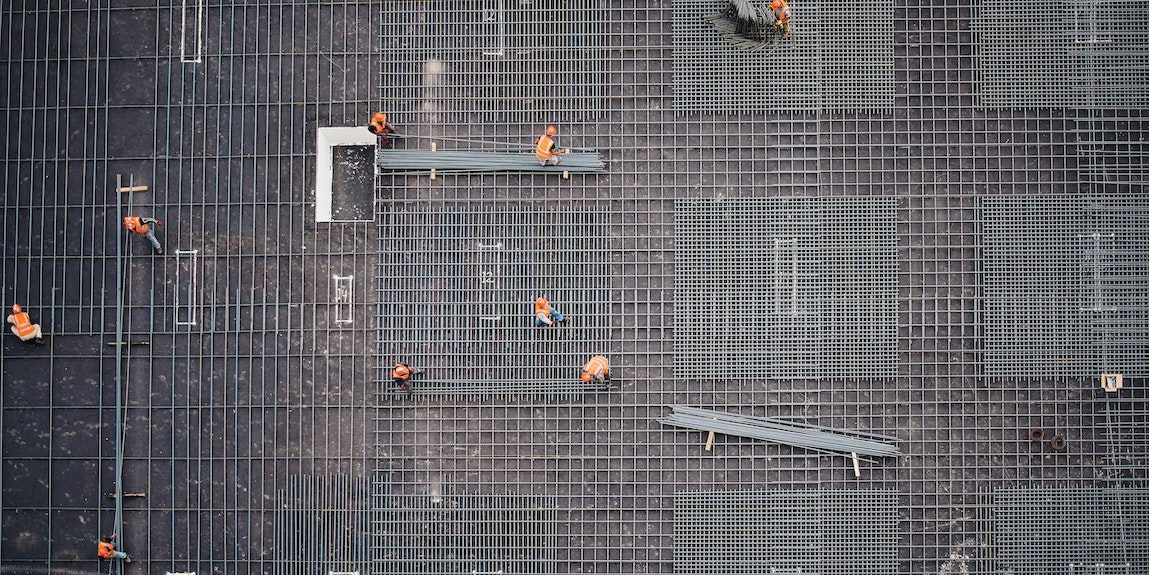

The world is beset by smart technology. The idea of connecting anything from people, devices and systems, to smart vehicles, smart buildings and smart factories is very much the zeitgeist. Smart describes a whole technological approach to increasing the way all resources can be distributed and utilized. A recent McKinsey blog “Imagining construction’s digital future” underlined to me why smart is a very appropriate word – although for a slightly different reason.
In the realm of goal setting, smart stands for specific, measurable, attainable, realistic and timely. In McKinsey’s curation of a list of technologies to enhance the performance of the construction industry they’ve met the bar for all five of these metrics. But what stands out is their emphasis on being attainable and realistic. Not one of their five ideas is either “futuristic or implausible”. They are all practical and proven solutions.
Defining the role of telematics in equipment rental, I want to emphasize that this is not the stuff of science fiction, rather science fact.
The technology has been around for two decades now doing useful work to increase the way we design and use machines. Telematics has also, for example, provided specific value by helping to identify or recover stolen equipment.
However, things are evolving and changing. Today, telematics can provide great insights throughout operational stage of equipment rental. Data and analytics are increasing in usefulness to both rental companies and customers through convergence with the service management process. And it’s here that if telematics is done right, machine data is set to transform the rental experience.
Right now, telematics can enable problems with equipment to be diagnosed remotely. This is going to substantially reduce machine downtime as service personnel can be briefed properly with supporting data prior to being dispatched. Secondly, the site will only be attended by an engineer equipped with both the appropriate spare parts and the correct tools to ensure an effective and efficient repair.
In day to day operations, telematics systems can effectively become the machine log book. Automation immediately solves the challenge of ensuring a complete record of equipment use and service. However, by continuously recording data about both operator and machine actions, it’s possible to solve other issues; like how to incentivize higher fuel economy, reduce idling time, and perform root cause analysis when problems occur.
All of this is very feasible right now. However, the thing I have most conversations about, and perhaps the most exciting technological development on the horizon currently is predictive operations.
By extracting and making machine data transparent in the workflow, we are moving to a point where, e.g., predictive maintenance will overcome lost construction hours due to unforeseen downtime, service errors and problems in the spares supply chain.
The key thing is how to get started. Before OEMs, rental companies and end-user customers can start to fully realize the cost savings and operational benefits which result from successful machine telemetry, we need to start making connections. The pre-requisite for smart, data-driven construction, is to connect machine and operator.


Be first to hear about product launches, updates, and industry insights